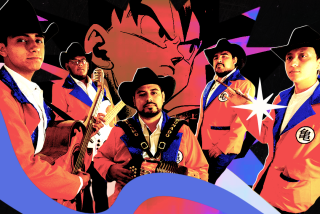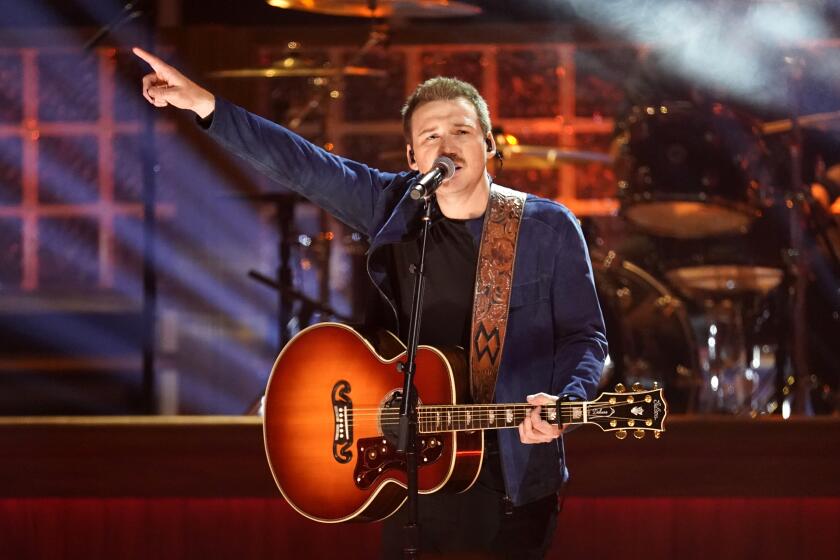How the music of Filipino youth continues to rock the regime
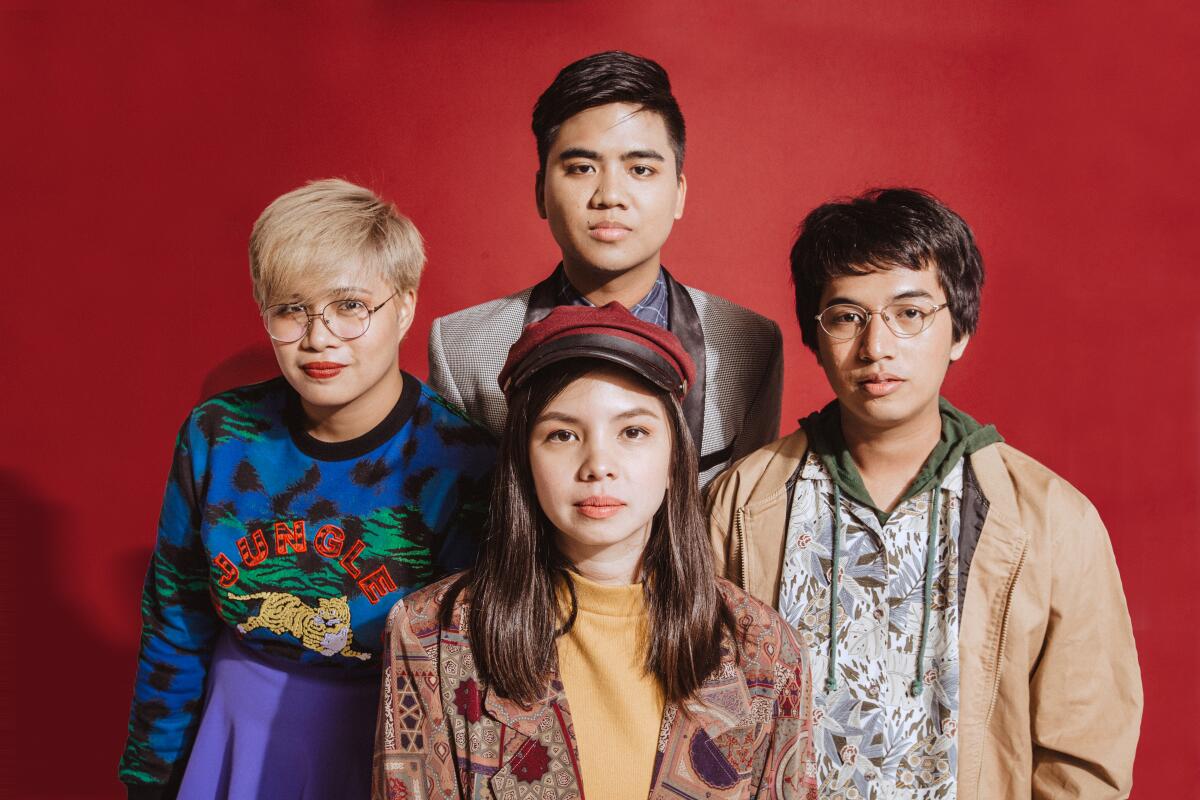
The first time I heard Pinoy rock, my heart ached. On a whim, I had looked up “Filipino Indie Rock” on Spotify late one night. Sitting cross-legged on the floor of my office, I crouched over my phone and scrolled through a list of Pinoy bands until I stopped at Up Dharma Down and its song “Oo,” from its 2006 album, “Fragmented.”
I remember the first notes of a buttery crescendo building on languid synths and groovy snare as the sound slipped through my iPhone speakers. With lush vibrato, Armi Millare sang: “Hindi mo lang alam kay tagal na panahon (You just do not know that it has been a long time) / Ako’y nandirito pa rin hanggang ngayon para sa ‘yo, (I am still here for you up to now).” She sang of love and loss — the consonants lifting and embracing drifting vowels — in ways I’d never heard in English.
As a Filipino Canadian who spent half my childhood in California’s Central Valley, I never fully understood Tagalog’s vocal potency until that moment. Millare’s voice felt new, familiar and sobering, like I’d finally come home just to wonder why it took so long for me to get there.
Since the mid-aughts, Up Dharma Down has been a staple in the Filipino rock scene. The rockers won the In the Raw Award by Metro Manila-based radio station NU 107 in 2005, the first of many accolades, and a nod from BBC radio DJ Mark Coles, who said the Manila band had the most potential to cross over to the North American market. Yet despite opening for multiple U.S. acts, including the xx, Incubus and the Red Hot Chili Peppers, Up Dharma Down has never broken through to American audiences.
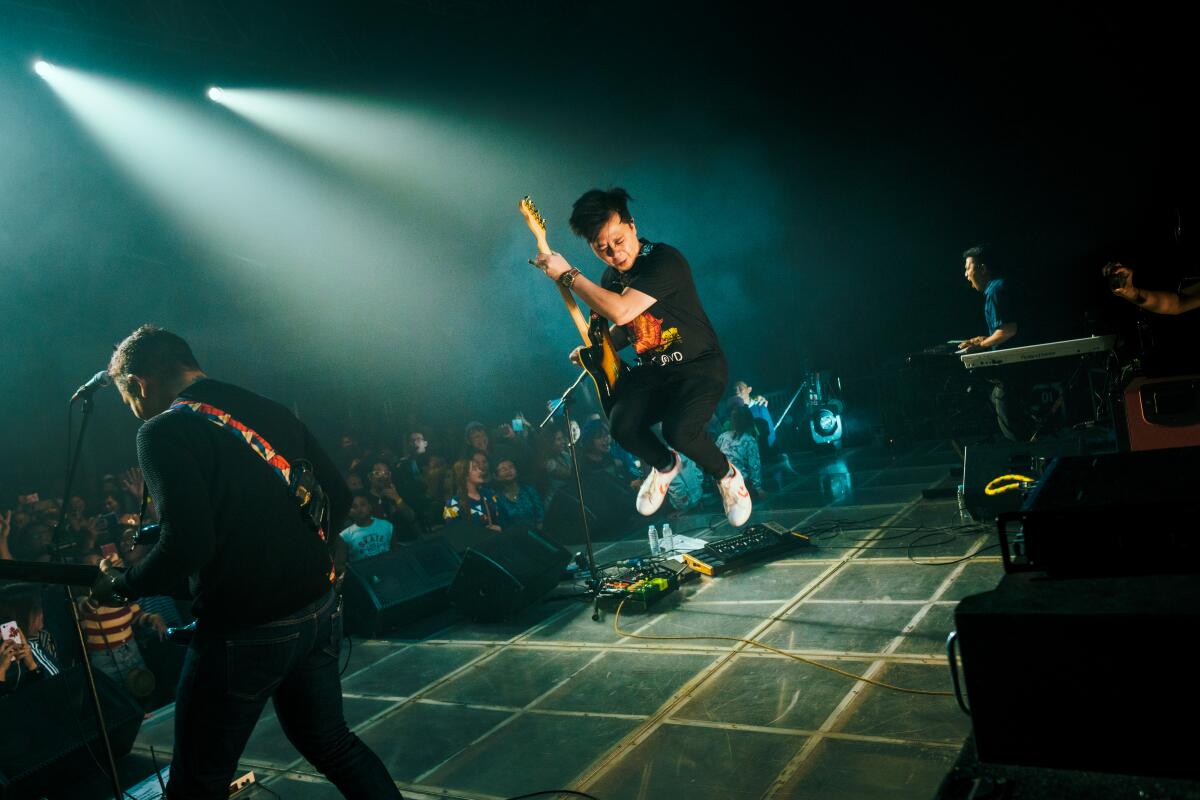
The band’s story is in no way isolated, with such legendary acts as Freddie Aguilar, Asin, Eraserheads and Rivermaya succeeding with Filipino people but unable to carry that momentum overseas. There are 4.1 million Filipino Americans in the U.S., and Pinoy rock has played an integral role in our community’s heritage.
Mainstream rock’s primary target has always been white, American youth. For a sound rooted in African American rhythm and blues, it is a narrative of cultural appropriation as old as time. Yet the soul of rock has always belonged to the marginalized, the othered and the forgotten. And although the genre reached the Philippines in the 1950s, it would be two more decades before it became the rallying cry of the people fighting against the Marcos dictatorship, which lasted from 1972 to 1986.
In ”Problematizing the Popular,” an article in the journal Inter-Asia Cultural Studies, Filipino studies scholar Teresita Gimenez Maceda wrote, “During the rise of the nationalist movement in the 1960s and throughout the period of the Marcos dictatorship, [rock] was the only kundiman [traditional Filipino love songs] sung with clenched fists that had the affective power to consolidate protest marchers, and make them hold their lines in the face of the water cannons, tear gas and truncheons used for violent dispersals.”
While kundiman are often driven by unrequited romantic love, the medium became a veiled way to proclaim a desire of freedom and a love of country. In 1978, the folk rock band Asin mourned the loss of identity and brotherhood in its eponymous debut LP. As a teenager, my mother and her friends would sing ballads like “Pagbabalik,” one of the band’s most popular tunes. The words echoed calls for justice galvanizing the country: “Sapagkat ako’y sabik sa aking pinagmulan (Because I am still yearning for my motherland) / Bayan ko, nahan ka, ako ngayo’y nag-iisa (My country, where are you, now I am so alone) / Nais kong magbalik sa iyo, bayan ko (I wish to go back to you, my country).”
Fast-forward to today, and Pinoy rock perseveres on the path that Original Pilipino Music established in the 1970s. “When we make our music, we live in that reality of the Filipino context,” said Pappu de Leon of the indie rock band Oh, Flamingo!. This reality continues to shape Pinoy rock in ways that are distinct to the Filipino experience, born from the ashes of 400 years of colonialism that left the country in political strife.
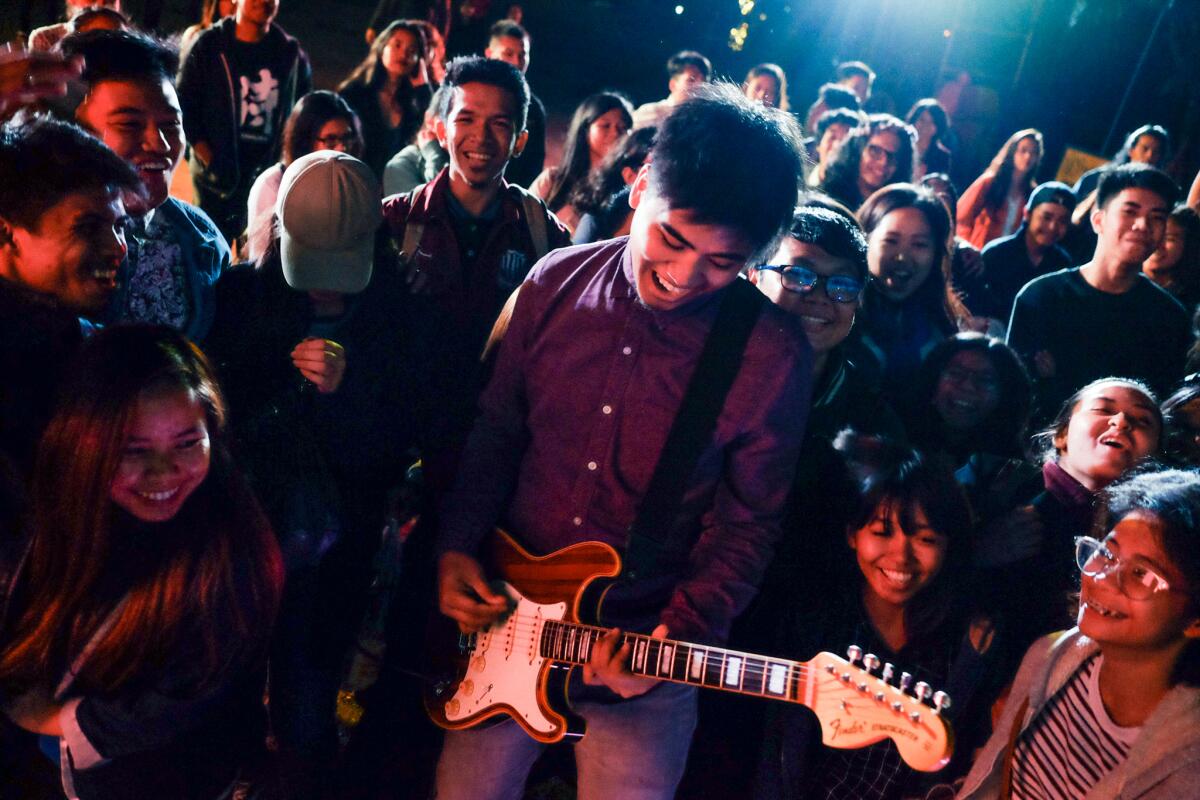
When discussing what it means to create music today in a country under the bloody regime of President Rodrigo Duterte, Mark Escueta of Rivermaya said he hopes it can be a voice of strength. “We have the power to uplift someone,” added Escueta, whose band helped lead the 1990s wave of alternative rock in the Philippines. “It’s something I hope fellow musicians realize, appreciate and that they don’t forget, even if we’re in a very challenging time. The worst thing that can happen is for you to stop.”
Despite a lack of government support for the arts and the colossal difficulty of shattering rock stereotypes to break big, Pinoy artists transcend rock in a way that is beautifully Filipino.
Bands like Oh, Flamingo!, Rivermaya and Up Dharma Down challenge what it means to be Filipino through the moving layers of music and lyrics unapologetically written in Tagalog — a testament to the perseverance of the Filipino spirit that continues to keep the youth of today connected to the past.
When I told my father I was writing a piece on Pinoy rock, he recalled how he and my mother marched in the 1986 People’s Power Revolution — a series of popular demonstrations in the Philippines also known as the EDSA Revolution — while singing the lyrics of Aguilar’s hit “Bayan Ko,” which was written by Philippine Gen. José Alejandrino during the Philippine-American War of 1899-1902. Fists raised in solidarity against the Marcos regime, my mother and father sang, “Ang bayan kong Pilipinas (My country the Philippines).” As the words rose above the crowd of 2 million protesters, they cried: “Ibon mang may layang lumipad (Even a bird has the freedom to fly).”
More to Read
The biggest entertainment stories
Get our big stories about Hollywood, film, television, music, arts, culture and more right in your inbox as soon as they publish.
You may occasionally receive promotional content from the Los Angeles Times.

